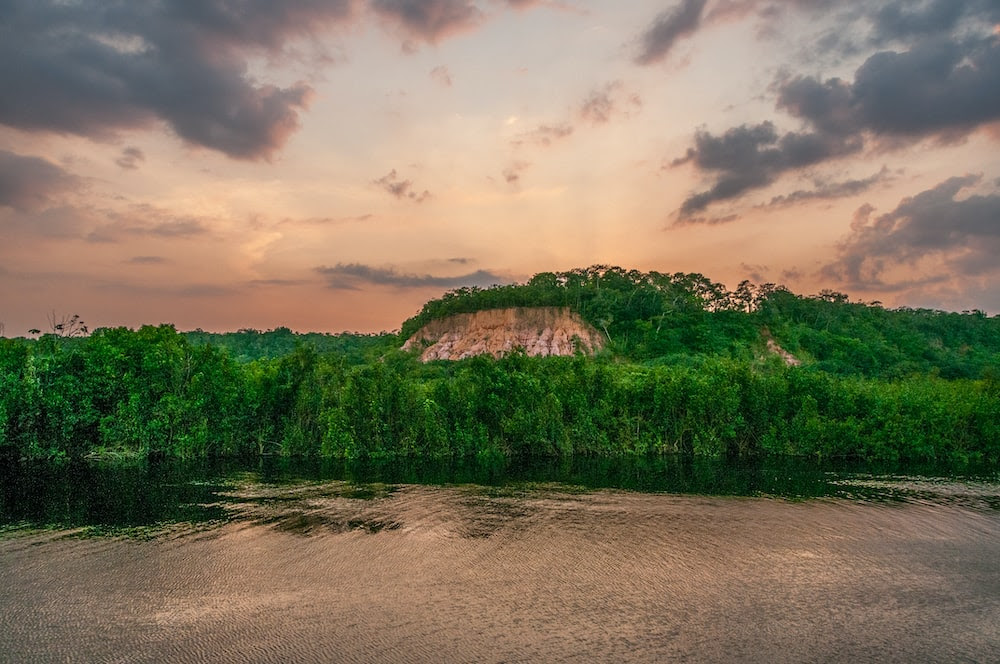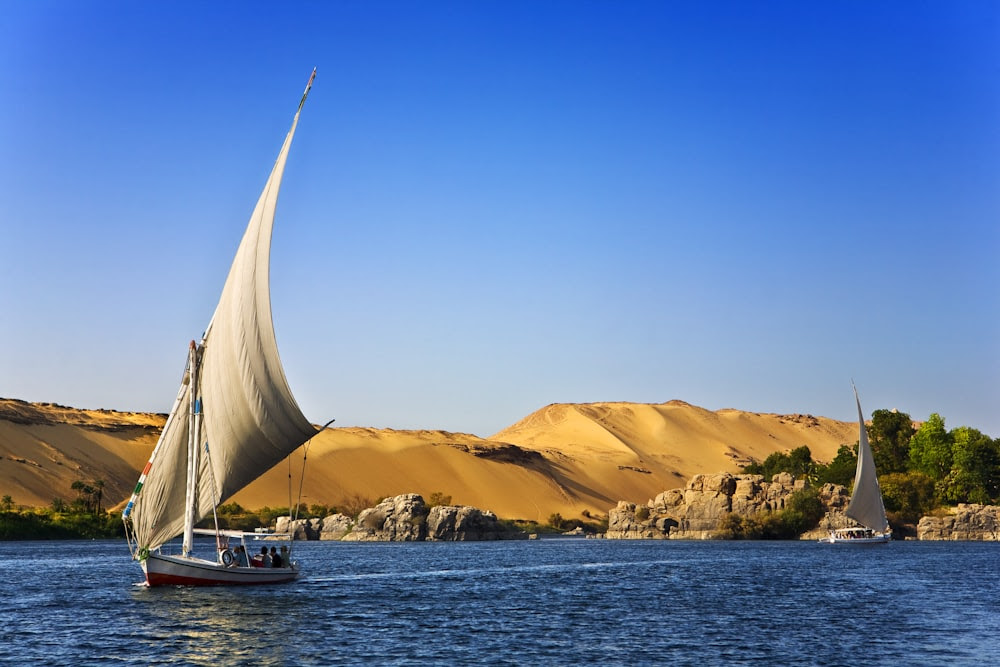This question has been on every scientist’s lips for years: the Nile or the Amazon, which is the longer of the two? To answer this question, an international expedition will be canoeing more than 6,000 km of the South American river next April.
Using three pedal-powered, solar-powered boats, the “Amazon River: from ice to sea” expedition plans to set off next April from the Peruvian Andes to reach the Atlantic Ocean six months later, after crossing Colombia and Brazil.
“The main objective is to map the river and document its biodiversity” for scientific purposes, explains Brazilian explorer Yuri Sanada, project coordinator, to AFP, also mentioning the production of a documentary.
To date, only a dozen people have ventured by kayak from one end of the Amazon to the other, but no one has ever done so with such objectives, stresses the man who also runs the audiovisual production company Aventuras Produções with his wife Vera Sanada.
Scientists know that the Amazon is the most powerful river in the world, with a flow far greater than that of the Nile, Yangtze and Mississippi combined.
The question as to which of the Nile and South American rivers is the most powerful is still unresolved, not least because there is no consensus on where the Amazon begins and ends.
Scientific books give first place to the Nile. But “the question of which is the longest is more a matter of definition than simple measurement”, adds the site in a note.
According to Encyclopaedia Britannica, the South American river is around 6,400 km long, from its source attributed to the Apurimac River in southern Peru, compared with 6,650 km for the Nile.
American explorer James Contos developed a theory that the Amazon could trace its origins to another river, the Mantaro, located further north.
If the expedition takes into account this point and a “more southerly mouth” of the delta, this could “translate into a greater length of the Amazon”, he tells AFP.
The expedition will travel the two rivers simultaneously: one group – led by James Contos – will raft down the Mantaro, while another will travel the banks of the Apurimac on horseback, accompanied by French explorer Céline Cousteau, granddaughter of legendary oceanographer Jacques Cousteau.
At the junction of the two waterways, Yuri Sanada and two other explorers will embark on the longest leg of the journey, aboard individual bioresin canoes fitted with sensors to take “much more precise measurements”, explains the Brazilian.
The expedition, which is supported by international organizations such as The Explorers Club and the Harvard Digital Library, will be accompanied on certain sections by a support boat, which will serve as a base for audiovisual and scientific work.
Anacondas, caimans, jaguars… None of the animals on the route scare Yuri Sanada. “What scares me most are the traffickers and illegal miners”, he admits, explaining that the canoes will be fitted with bullet-proof cabins. The expedition is also negotiating with the authorities for the possibility of an armed escort on the most dangerous stretches.
Depending on the results on the Amazon, an expedition will be carried out on the Nile,” assures Yuri Sanada, aware however that the controversy may never be resolved. The interest aroused by this “race” helps to draw attention to Brazil’s natural riches and to the preservation of the planet, he argues.
“The Amazon is (partly) in Brazil, but the consequences of its destruction and the duty to preserve it belong to everyone,” asserts the project coordinator.




Comment here